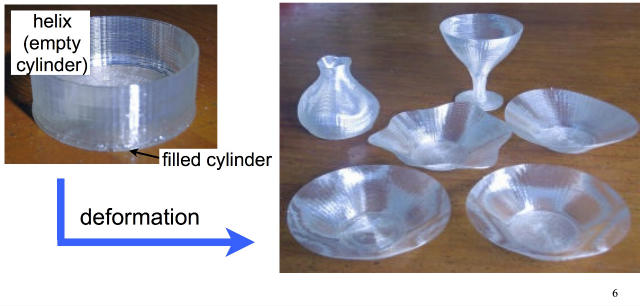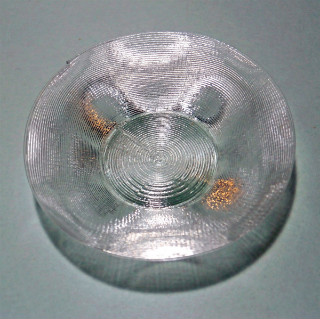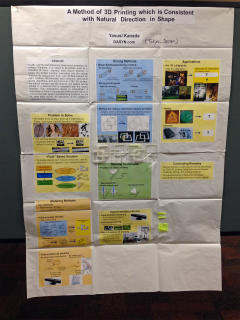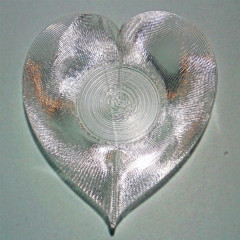Bringing out the Artistic Talent of Generative AI with Personal-name- or Penname-prompts
Yasusi Kanada, Nicograph International 2024, 2024-6.
[ Japanese page ]
[ Poster paper PDF file (in Japanese) ]
[ Poster PDF file (in Japanese) ]
[ Slide PDF file (in Japanese) ]
[ Full paper PDF ファイル (rejected, in Japanese) ]
Abstract: Image generation AI can produce images even when given invented or unrelated words that it hasn’t been specifically trained on. Using personal names or coined pen names functioning as artist names, I provided short prompts of about 2-3 words to Stable Diffusion XL to create painting-like images. The choice of pen name helps define the generated image’s character, giving personality to the artist name. Since Stable Diffusion allows for negative prompts, even greater image variety can be achieved. By adjusting random seeds to generate a wide range of images, I could select those where the AI’s “artistic talent” was particularly evident. The exhibition will focus on about ten especially interesting pieces, with others included for reference.
Introduction to this research theme: Bring out the artistic talent of AI and have it create AI artworks


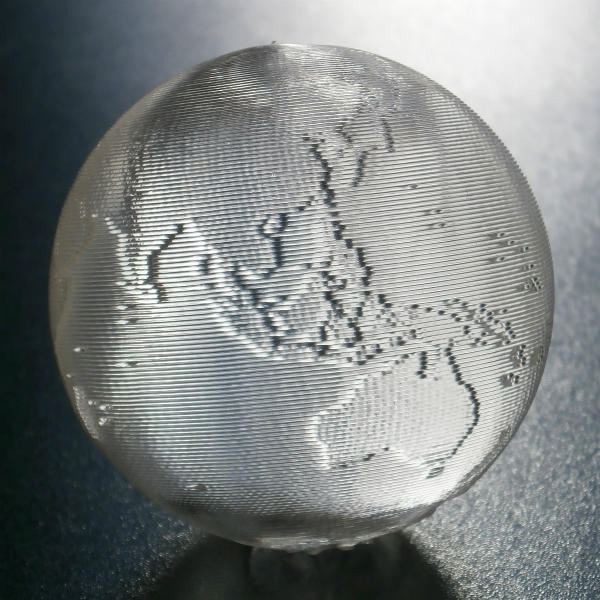 Abstract: Instead of printing layer by layer, thin 3D objects can be printed in better quality (without seams between layers) by printing helically or spirally by fused deposition modeling (FDM). When printing helically or spirally, the amount of extruded filament can be modulated using a bitmap; that is, “zero” in bitmap means “thin” and “one” means “thick” (or vice versa). This process generates a thin object, such as a sphere, pod, or dish, with a bitmapped picture or characters. A typical example is a globe, which is printed using a bitmapped world map.
Abstract: Instead of printing layer by layer, thin 3D objects can be printed in better quality (without seams between layers) by printing helically or spirally by fused deposition modeling (FDM). When printing helically or spirally, the amount of extruded filament can be modulated using a bitmap; that is, “zero” in bitmap means “thin” and “one” means “thick” (or vice versa). This process generates a thin object, such as a sphere, pod, or dish, with a bitmapped picture or characters. A typical example is a globe, which is printed using a bitmapped world map.
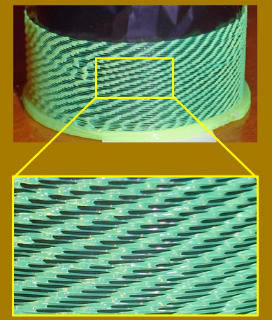
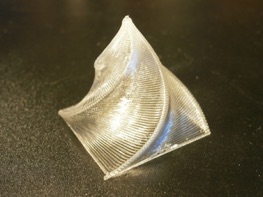 Abstract: When creating shapes by using a 3D printer, usually, a static (declarative) model designed by using a 3D CAD system is translated to a CAM program and it is sent to the printer. However, widely-used FDM-type 3D printers input a dynamical (procedural) program that describes control of motions of the print head and extrusion of the filament. If the program is expressed by using a programming language or a library in a straight manner, solids can be created by a method similar to turtle graphics. An open-source library that enables “turtle 3D printing” method was described by Python and tested. Although this method currently has a problem that it cannot print in the air; however, if this problem is solved by an appropriate method, shapes drawn by 3D turtle graphics freely can be embodied by this method.
Abstract: When creating shapes by using a 3D printer, usually, a static (declarative) model designed by using a 3D CAD system is translated to a CAM program and it is sent to the printer. However, widely-used FDM-type 3D printers input a dynamical (procedural) program that describes control of motions of the print head and extrusion of the filament. If the program is expressed by using a programming language or a library in a straight manner, solids can be created by a method similar to turtle graphics. An open-source library that enables “turtle 3D printing” method was described by Python and tested. Although this method currently has a problem that it cannot print in the air; however, if this problem is solved by an appropriate method, shapes drawn by 3D turtle graphics freely can be embodied by this method.
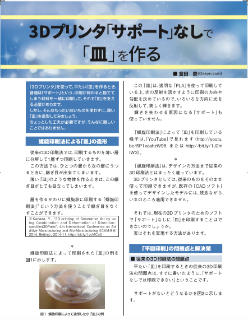
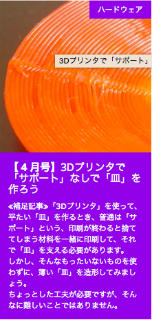
 Abstract: 3D printing technology usually aims at reproducing objects deterministically designed by 3D CAD tools; however, the author has discovered that 3D printing can also generate self-organizing patterns similar to stochastic (or randomized) 1D cellular automata (CA). A method for generating patterns similar to randomized 1D or 2D CA by using a fused deposition modeling 3D printer is thus proposed. With constant head motion and constant filament extrusion and without explicit randomness, this method generates very fine emergent patterns with natural fluctuation. By means of this method, each time a different pattern is generated. In addition, a computational CA model that simulates the above process is also proposed. The proposed method will open a new horizon of 3D printing applications.
Abstract: 3D printing technology usually aims at reproducing objects deterministically designed by 3D CAD tools; however, the author has discovered that 3D printing can also generate self-organizing patterns similar to stochastic (or randomized) 1D cellular automata (CA). A method for generating patterns similar to randomized 1D or 2D CA by using a fused deposition modeling 3D printer is thus proposed. With constant head motion and constant filament extrusion and without explicit randomness, this method generates very fine emergent patterns with natural fluctuation. By means of this method, each time a different pattern is generated. In addition, a computational CA model that simulates the above process is also proposed. The proposed method will open a new horizon of 3D printing applications.